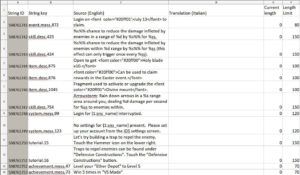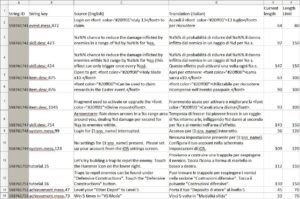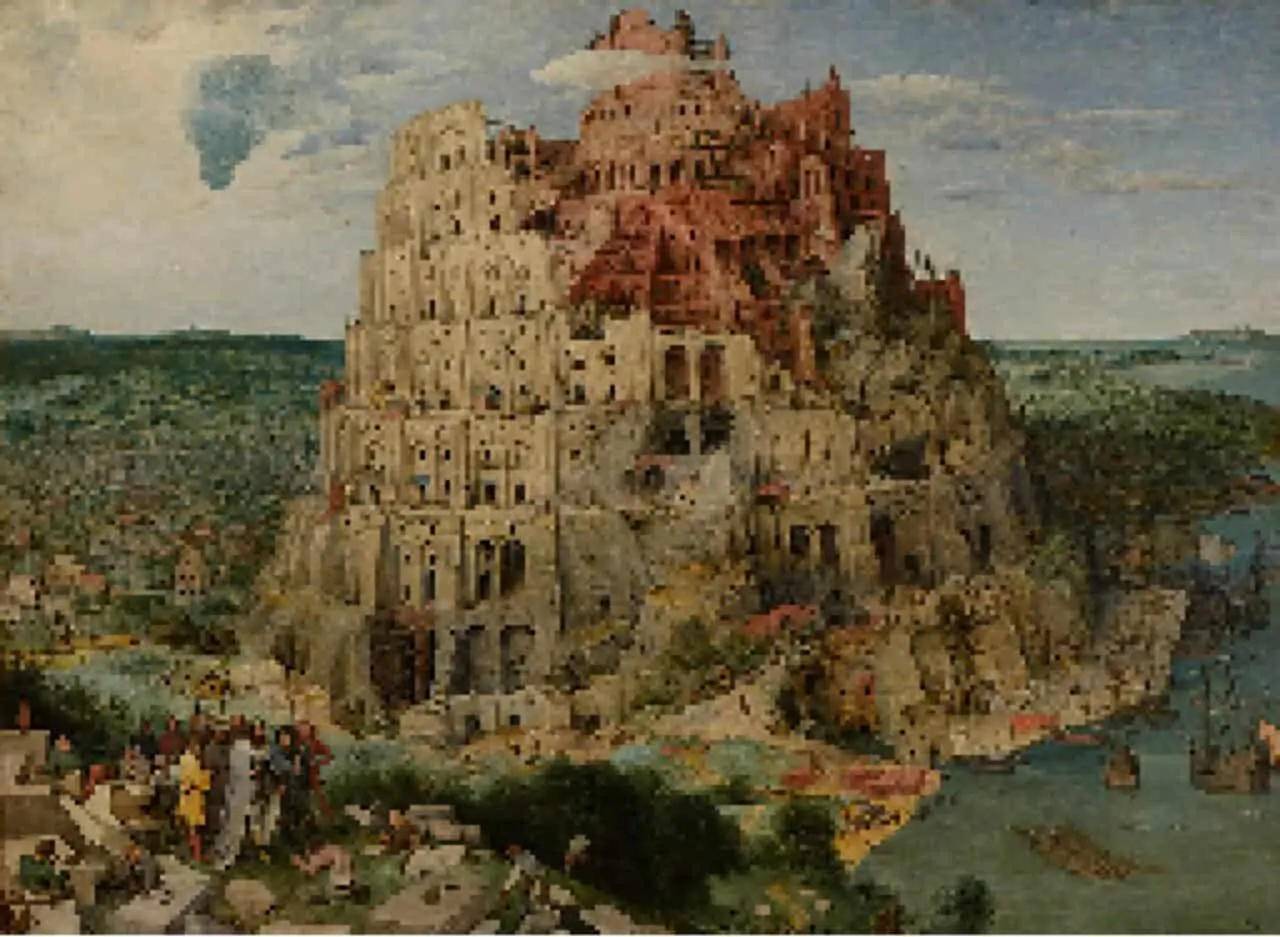 Nowadays translation or localization seem to have become something you can effortlessly achieve just by navigating to sites like Google Translate, copy-pasting a source text and selecting the desired target language… or maybe by relying on companies that offer “post-editing of machine translation” or however “best prices” on the market, or something along those lines… but have you ever stopped to wonder what that means in terms of the reputation of your company and the quality and image of your offering?
Nowadays translation or localization seem to have become something you can effortlessly achieve just by navigating to sites like Google Translate, copy-pasting a source text and selecting the desired target language… or maybe by relying on companies that offer “post-editing of machine translation” or however “best prices” on the market, or something along those lines… but have you ever stopped to wonder what that means in terms of the reputation of your company and the quality and image of your offering?
Would you buy, or enjoy, something advertised or presented to you in awkward or broken language, with grammar, syntax and style errors that make it sound “cheap”, unreliable, unnatural or amateurish in most cases?
OPEN THE HOODHere is what happens when you entrust me with your copy, with an hypothetical scenario linked to game localization, where the original copy to be translated is provided in spreadsheet-compatible format, like .csv or similar (with the columns defining various attributes for each string).
The following is an example with the English source text in column C, the space for the Italian translation in column D and other details provided elsewhere.

And here’s what happens when that source file is imported in a CAT tool (memoQ in this case). In this specific instance, this basically reflects the same structure as the spreadsheet file, after stripping it of other information (some of which, such as comments, notes, length limits, etc. can still be retained to assist during translation).

In the following screenshot you can see how HTML code and internal variables/placeholders are transformed into “tags” (in red), so that they are ‘protected’ from accidental modification and their presence (and order) is ensured in the translated text by an automated check (so, if a “tag” is missing or in the “wrong place”, an error message pops up to notify it). This is a very important benefit of using CAT tools, considering how common code and placeholders can be in software and game localization and the issues that could result from “breaking” them in the translated content.

In the image below you can see the Italian translated text with the tags in place. Also, you’ll notice another extremely important feature of CAT tools at work there: glossary. The words highlighted in light blue in the left column (the English source) are “glossary terms”, that is to say, words that a translator (or developer) deems important enough to add to a glossary, in order to ensure consistency throughout the entire project. That is reflected in the terms you can see in blue in the rightmost pane (the Italian translation). If there is a term discrepancy between source and target text, the CAT tool will issue a warning about it. You can imagine how helpful that is for a translator, especially when dealing with content with lots of specific names and terms, as is often the case in game an software localization.

And lastly, here is the final output, ready to be imported back into the game resources, with the Italian translation seamlessly added in column D, with all the tags, code, variables, placeholders, terms, length limitations and everything else in place, after the translation has undergone a spellcheck and QA check, plus an additional integral reread after a “rest time” in order to spot any possible typo or other issue.

Obviously, from start to finish there’s a lot more going on behind the scenes for a scrupulous translator than what is shown in these few screenshots, such as research, reading and rereading to get the wording “right”, questions about any unclear term or passage, continuous communication and coordination with you, and so on. So yeah, it’s not as easy as 1,2,3, or as it might appear from the outside… but I got it covered!
Here’s an article about localization and internationalization written by the memoQ developers you might find interesting.



